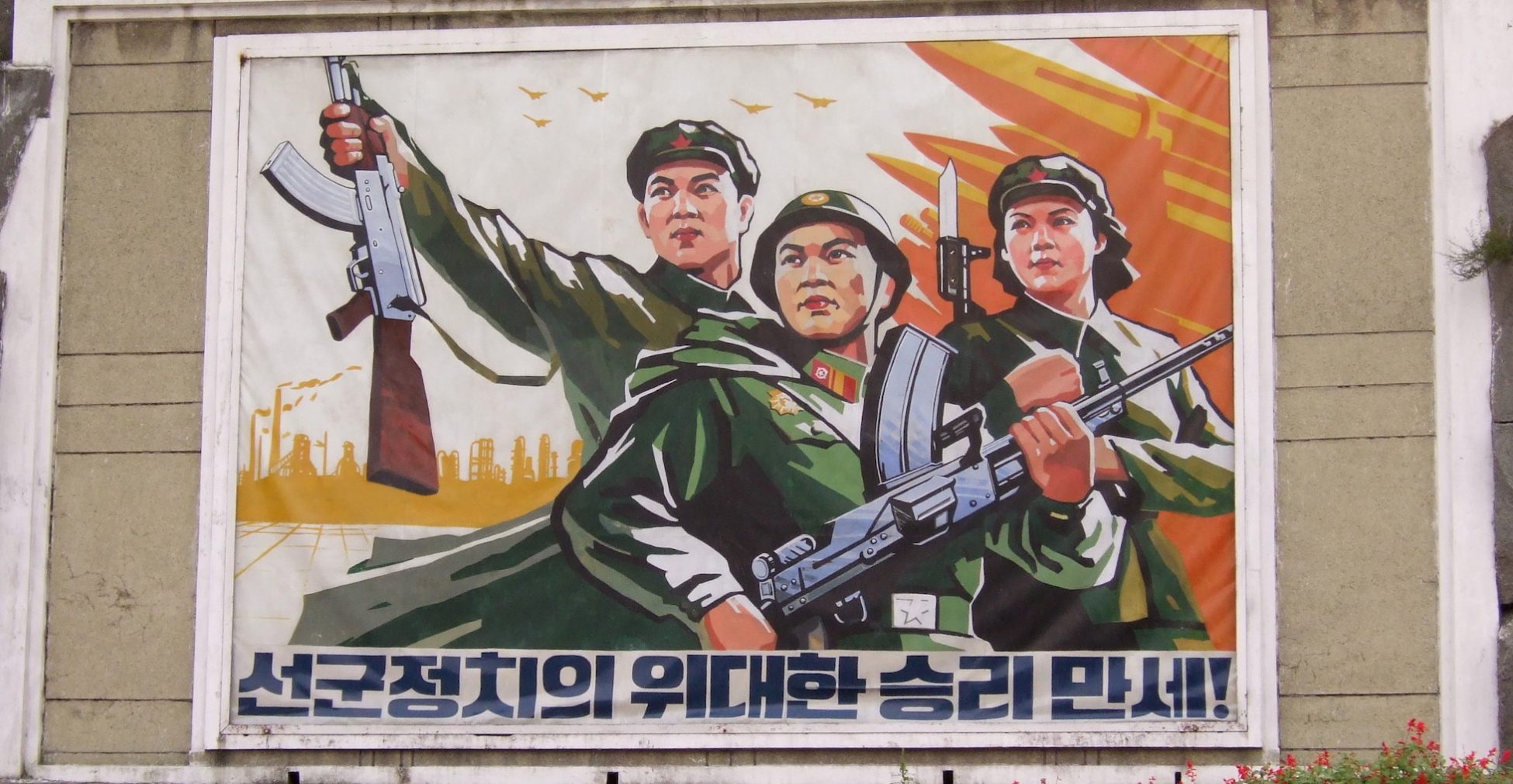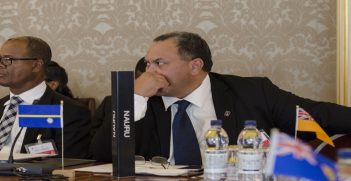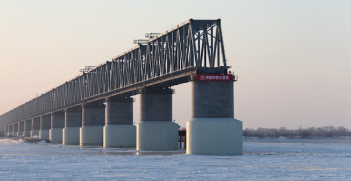Framing North Korea

This week Prime Minister Malcolm Turnbull let go of the tired talking points condemning North Korea’s provocations and implicitly recognised that miscalculation or wanton foolishness was at hand.
For the first time ever, Turnbull noted the very real risk of war. It’s not missiles or a nuclear weapons program that awoke fears in Australia, but how the Trump administration is framing North Korea.
One week before Turnbull admitted his concern, US Republican Senator Lindsey Graham discussed North Korea on America’s Today Show. The discussion centred on Graham’s push to attack North Korea before the threat reaches the United States. Most alarmingly, Graham claimed President Donald Trump supports the position that an actual war in Asia now was acceptable to avoid a potential future threat to America: “If thousands die, they’re going to die over there. They’re not going to die here”.
In foreign policy terms, Graham established a frame that influences how the public views North Korea. He framed the situation as a direct threat to the US; a threat that requires a timely response; and a threat for which a solution involving war in Asia is an acceptable price to pay.
Framing involves introducing or adjusting the analytical frame or lens through which the public views a particular situation by highlighting or discounting specific points (the threat to the United States), setting reference points (limited time before threat increases) and establishing criteria of evaluation (war in Asia is acceptable).
The US position uses a symbolic frame that highlights threat. Symbolic frames evoke emotions, emphasise patriotism and are easily reinforced through the media, given their sensationalism and ‘rally round the flag’ effect. A symbolic frame is aided by cultural and historical differences or lack of knowledge: essentially, fear of the unknown. It’s one reason why people who don’t actually know where North Korea is located are more willing to go war.
A symbolic threat frame is enhanced by the use of reference points: in this case, the capacity to achieve an ICBM capability and the timing required to do so. This well-worn trope emphasises the need to address the threat before it grows, such as the threat of weapons of mass destruction (WMD) in the lead-up to the 2003 invasion of Iraq. It discounts that an adversary would in fact utilise a capacity defensively and justifies a more rapid and urgent resolution. A recent survey by the Chicago Council on Global Affairs found 75 per cent of Americans now see North Korea as a critical threat, up from 60 per cent in 2016.
Symbolic threat frames also allow a simplification of complex international crises into a two-sided ‘us versus them’ competition. It discounts the role of other states with their own distinct interests. Thus, China is either ‘for or against’ US efforts; and, more significantly, South Korea is totally discounted.
This leads to the final, and most significant component of the frame: an evaluative criterion that assesses war in Asia as acceptable. Despite the fact that any conflict on the Korean peninsula would likely result in horrific casualty figures, unknown in modern times, actual war is evaluated as preferable to an increased threat. Reiterating this evaluative criterion, on Saturday 5 August in an interview on MSNBC, National Security Adviser H.R. McMaster reiterated the potential option of “preventative war”.
A symbolic threat frame does not convince everyone. To maximise domestic support for policy action, the government must market to different audiences: foreign policy elite, strategic communities, business, interest groups and the international community. A revolving frame, which was used in the lead-up to the 2003 invasion of Iraq, pushes multiple symbolic frames one after another. In the context of North Korea, we could expect democratisation, human rights, collusion with Iran, international law, regional instability and cyber crime/terrorism to be pushed one after the other.
According to the Chicago Council on Global Affairs, 28 per cent of Americans would currently support a troop commitment, while 40 per cent would support air strikes against North Korea. Support for intervention in Iraq prior to the 2003 invasion ranged from 52-59 percent. We can expect support to climb if the issue continues to be framed in this manner.
There remains a chance that the “fire and fury” in Trump’s talk is part of a strategy. Trump seeks to exert greater pressure by increasing uncertainty and unpredictability: the so called madman strategy. While this may be so, using the strategy on a country that has essentially relied on the very same strategy for half a century is not wise. Scarily, Trump’s position may really be that an actual war in Asia now is acceptable to avoid a potential future threat to America.
North Korea is not an issue which normally concerns Australians. Despite Australia’s commitment to the defence of South Korea under the 27 July 1953 Joint Policy Statement, North Korea usually only serves as a sensational media vehicle for attention-starved academics or a useful tool for tough-talking opposition leaders. However, it may be time for Australia to take North Korea, and the way the Trump administration handles North Korea, much more seriously.
Jeffrey Robertson is a Visiting Fellow at the Asia-Pacific College of Diplomacy at the Australian National University and an Assistant Professor of Diplomacy at Yonsei University in South Korea. He is the author of ‘Diplomatic Style and Foreign Policy: A Case Study of South Korea’ (Palgrave 2016).
This article is published under a Creative Commons Licence and may be republished with attribution.





